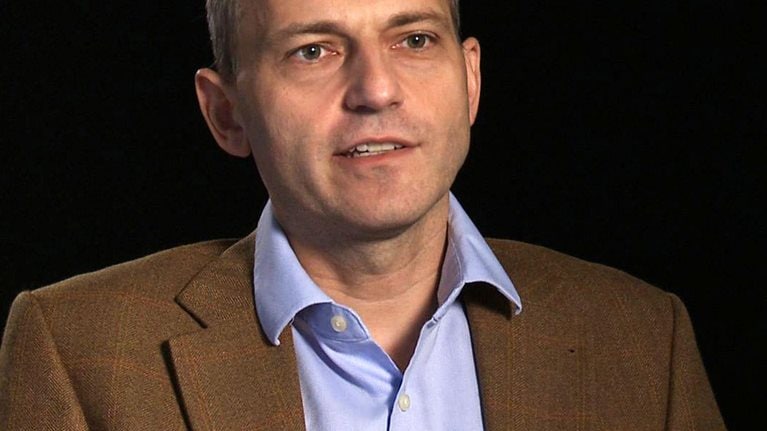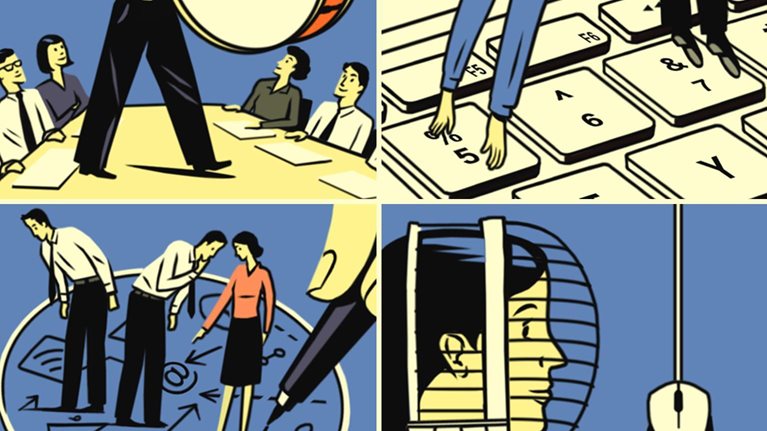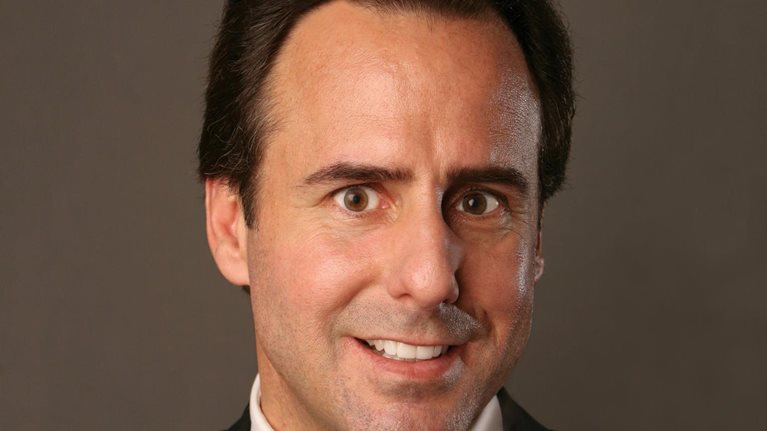The services sector has come to dominate the global economy, yet innovation in that sector has accelerated only in the past decade. In this interview, McKinsey director Travis Fagan tells McKinsey’s Simon London how customers empowered by digitization are driving changes in service delivery, why that matters, and how service expertise can provide a competitive edge. An edited transcript of Fagan’s remarks follows.
Interview transcript
Evolving the services experience
In developed nations, services represent 70, 75, 80 percent of GDP. Even in China, which we think about for infrastructure and mining and construction, services represent close to 50 percent of the economy. And that number is growing rapidly. So when we talk about services, what we’re talking about is where the growth in the world is coming from.
When we talk about innovation, we’re typically talking about product innovation. Services hasn’t changed a lot over the last 50 years. If you took someone from the year 1950 and put them into an emergency room in 2010, it would look very much the same.
So if you think about the retail experience in 1963 versus 2003, it’s very much the same. And I use that time frame pretty deliberately, because over the last ten years things have started to change pretty dramatically. The average customer spends a significant portion of their time online, researching a product, before they come into the store for a big-ticket purchase.
They likely know more about the product and the competitive products than our salesperson. So what’s the role of a salesperson in that environment? How do we want the salespeople to engage with our very well-informed customers, who are now coming in less for a shopping experience and more for a specific occasion?
They know what they want. And so I have think very differently about how I train my salespeople, what tools I give them, what information I give them access to. How do I think about my offer presentation and pricing in a way that makes the store visit compelling? These are all things that I have to think about in the context of evolving the services experience.
Historically, I’d say, retailers would think about innovation by looking at what other people in the retail industry are doing. And healthcare providers would think about innovation in the context of what other healthcare providers are doing. And I think one of the things that we’ve seen as the services economy has become more prolific globally, and as we’ve seen services innovation start to pace with product innovation, is these lines between sectors are coming down.
What I experience in a retail environment or what I experience in a healthcare environment informs what I feel like I should experience in my travel environment or what I should experience in some other walk of life that is part of my services experience day to day.
Meeting customer expectations
I’m sure that a Siemens imager versus a GE imager has differences that doctors can understand. But what you really think about, or, at least, what many customers of those products think about, is, “What’s my uptime? And if something goes wrong, how quickly can I get it fixed? And what does that experience look like?” And so services in that context is incredibly important and, in fact, differentiates one company versus another.
Take the case of railroads, as an example. You don’t get older, at least in the US economy, than a railroad. For those companies to grow, they have to be service machines. They have to be able to articulate a service-delivery expectation to their customers. They have to be able to manage to that expectation. They have to be able to track their assets in a way that they couldn’t do 30 years ago, 20 years ago, even 10 years ago.
Every locomotive has a device on it that allows you to track it. Every car has a box on it. And as it passes wayside detectors, you know what’s moving around. You can picture in your mind what that looks like. You can picture a network of 30,000 track miles in your mind, knowing where all of your 200,000 cars and trains are at any given point in time, and have the ability to communicate that to your customers and manage things dynamically.
And that’s where we’re going. So a retailer is not going to put up with, “I’ll deliver it to you in two weeks, plus or minus two weeks.” They expect you to deliver it in 100 hours, plus or minus 5 hours. And so service really matters. It didn’t matter 30 years ago. Thirty years ago, we were perfectly fine with “I’ll get it to you in two weeks, plus or minus two weeks.”
But supply chains move faster. Inventory levels are lower. There’s less working capital available for companies. The pace of customer expectations is evolving—it may be the only thing that’s evolving faster than the service-delivery capability of the railroads and other industrial sectors of the economy.
Because customers don’t understand why they can track their package to the minute, or at least to the half hour, with UPS or Amazon, and they can’t understand where their 100 tons of sand are at any given point in time. It doesn’t make sense intuitively.
How to test and learn
Large companies get large. Successful companies become successful typically because they have an operating model that scales and they’re very efficient in that model. And when you start thinking about innovation, disruptive innovation, there is an instinctive reaction to think about it at scale.
So how do I change the customer experience at scale? What I’m solving for in my mind is, “what can I do across 1,000 or 2,000 stores, in multiple geographies, and 200,000 people?” And what happens is that I start to devolve to the lowest common denominator. “What can I actually do?” It’s an incremental form of thinking. The most successful large companies find a way to force themselves out of that comfort zone. Walmart’s actually a very interesting example. They took the step of building lab facilities in Silicon Valley for their online platform. So Amazon does $50 billion plus online. Walmart, if they hit their numbers this year, will do $9 billion or $10 billion.
They’ve got huge ground to make up, for the world’s largest retailer; they’re not going make that up out of Bentonville. So they’ve set up facilities in Silicon Valley. They’ve hired a bunch of people. They have operations in India now as well and around the world.
And they have set up a lab to purposefully innovate and disrupt and take them out of their comfort zone, try new things, open-source development, things that you typically wouldn’t do as a very large, established retail company that, by the way, has a very successful model—$10 billion online is nothing to sneeze at. But if you want to add a zero, you have to think disruptively about how you do that and how you grow.


